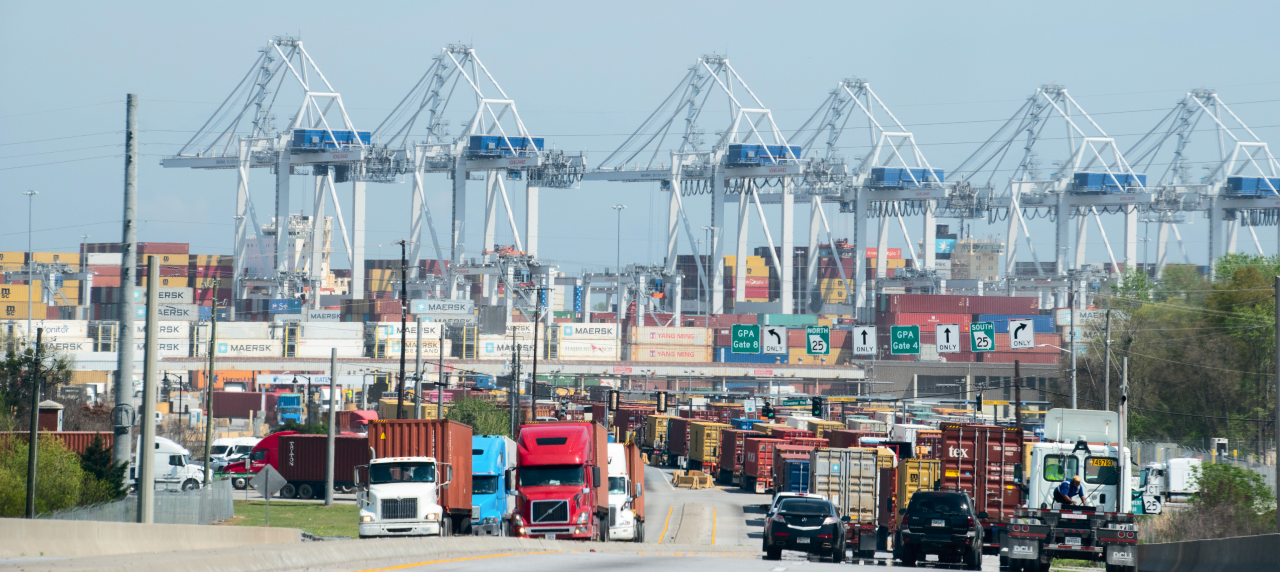
America’s seaports are huge pillars of growth and prosperity in the complicated world of global trade, where the economy moves to the beat of ships coming and going. These places are not only made of concrete and steel, with cranes dotting the skyline; they are living, changing ecosystems. They are the most important places where international trade meets the local market, where raw materials are turned into completed commodities, and where the very lifeblood of our consumer society from the electronics in our homes to the food on our tables begins its ultimate journey.
The strategic relevance of these marine gateways has never been clearer as we navigate the complicated economic currents of the mid-2020s. The lessons learned from global supply chain problems have led to a new period of growth, investment, and new ideas. Ports are no longer merely places where goods comes in; they are now active, smart parts of a logistics chain that uses data. They are racing to make their harbors deeper for the huge ships that now travel the world’s shipping channels, to automate their terminals for the best possible efficiency, and to make their operations more environmentally friendly in light of climate change, with the goal of having zero-emission maritime trade in the future.
If you read Nubia Magazine carefully, you need to comprehend this landscape in order to understand bigger economic patterns. The flow of containers is a real-time sign of the strength of the national economy, and the competition between coasts shows how global manufacturing and trade alliances are changing. In 2025, the ports at the top of the list will be the ones that have been able to balance huge size with quick adaptation, converting yesterday’s problems into tomorrow’s chances. They drive the economies of their regions and keep the country competitive.
The world of American marine trade is always changing. The Biggest Sea Ports In America 2025 are always changing and not just sitting back and enjoying their success. These ports are spending billions of dollars to stay competitive, efficient, and environmentally friendly because of mega-ships, the demand for green logistics, and the need to digitize their supply chains. They are the unsung heroes of our connected world, and their success will continue to be a direct barometer of national and global economic health in the years to come.
List Of Top 10 Biggest Sea Ports In America 2025
1. Port of Los Angeles
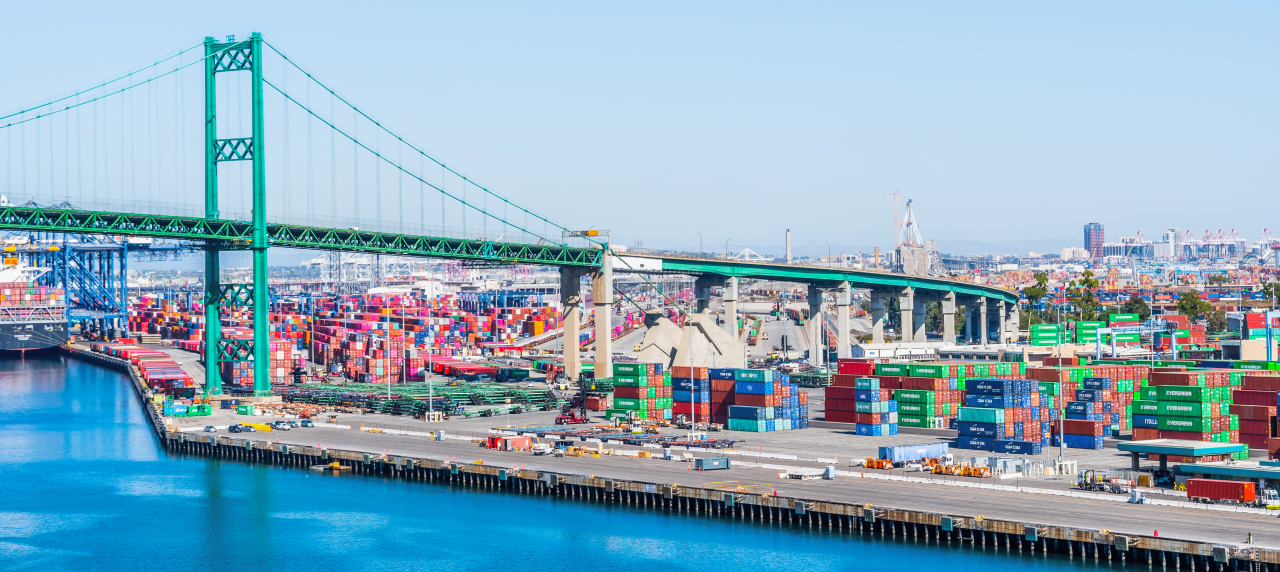
A behemoth, the Port of Los Angeles has been consistently asserting that it would be the largest seaport in the United States of America in the year 2025. The port, which is known as the “Port of America,” is responsible for the handling of an enormous amount of containerized cargo and principally facilitates trade with Asia. The port is a living laboratory for sustainability as it goes into the year 2025. It is aggressively implementing the Clean Air Action Plan, and it has aspirations of transitioning to a fleet of terminal equipment that emits zero emissions. The continuous digitalization efforts that it is undertaking are aimed at establishing a supply chain that is more robust, frictionless, and predictable for the entire nation.
2. Port of Long Beach
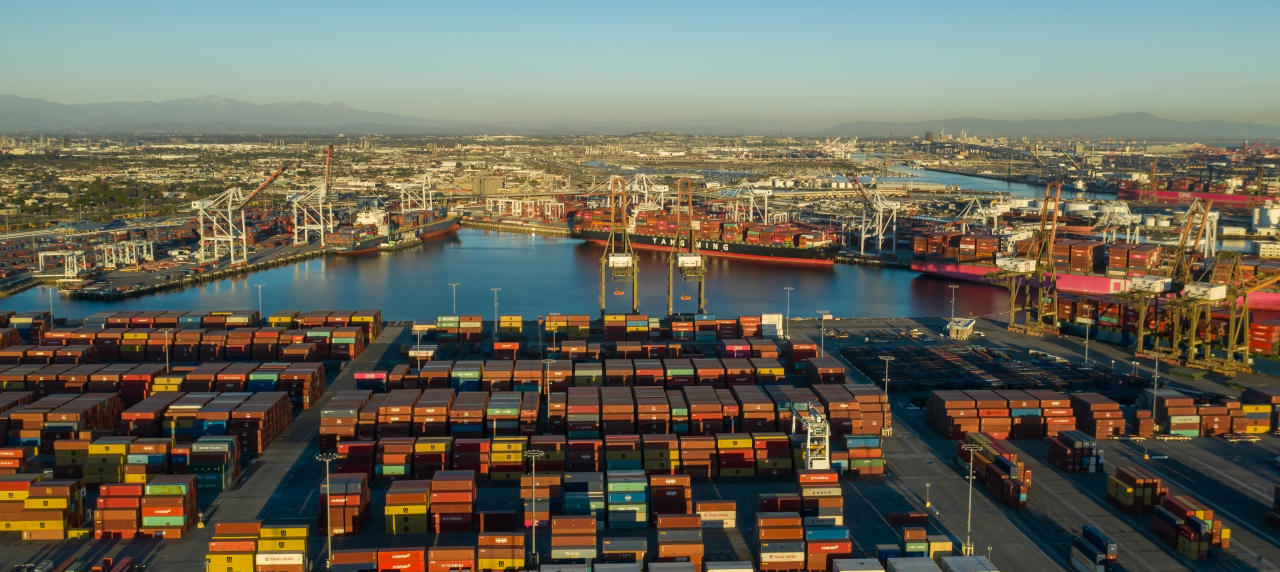
The Port of Long Beach is not only a neighbor to Los Angeles but also a powerful partner to the city. It is located just next door. One of the most important commercial entry points in the world is the San Pedro Bay port complex, which is comprised of several different ports. As a result of its innovative Green Port Policy, Long Beach has established itself as a frontrunner in the field of environmental monitoring and management. With important projects such as the completion of the Long Beach Container Terminal, which is one of the most technologically advanced and environmentally friendly in the world, this port is a crucial node for trans-Pacific trade and a vital competitor among the Biggest Sea Ports in America 2025.
3. Port of New York and New Jersey
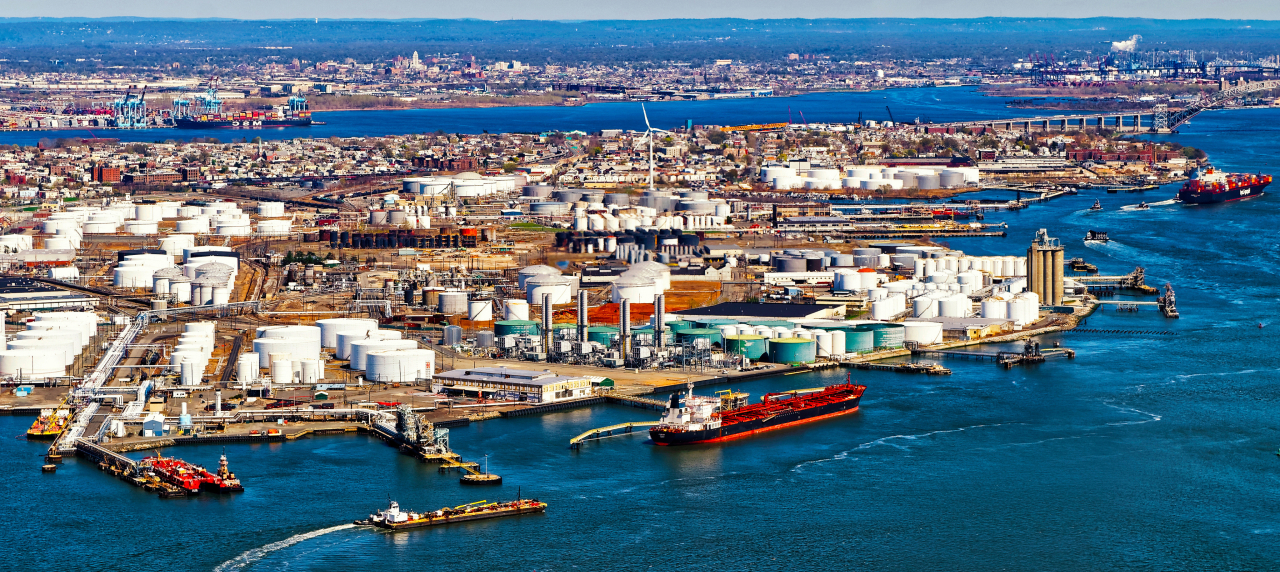
The Port of New York and New Jersey, which is the busiest port on the East Coast, serves as the principal gateway for consumer goods that are bound for the Northeast, which is recognized as the largest population center in the United States. As a result of the difficulties that were encountered in the supply chain following the pandemic, the port has made significant investments in increasing the clearances of the bridges and deepening the channels in order to accommodate the enormous New Panamax boats. Because of its advantageous position and ongoing infrastructure enhancements, it will continue to maintain its dominant status and resilience in the year 2025.
4. Port of Savannah

The Port of Savannah has witnessed tremendous expansion in recent years, contributing to the establishment of the Western Hemisphere’s largest single-container port. Because of its enormous ground space and efficient operations, it has become a favorite alternative for shippers that are wanting to avoid congestion on the West Coast. Its influence and volume are only going to rise as a result of the current Savannah Harbor Expansion Project, which is deepening its waterway to make it possible for larger ships to call with heavier loads. This will further reinforce Charleston’s position as a top-tier hub.
5. Port of Houston
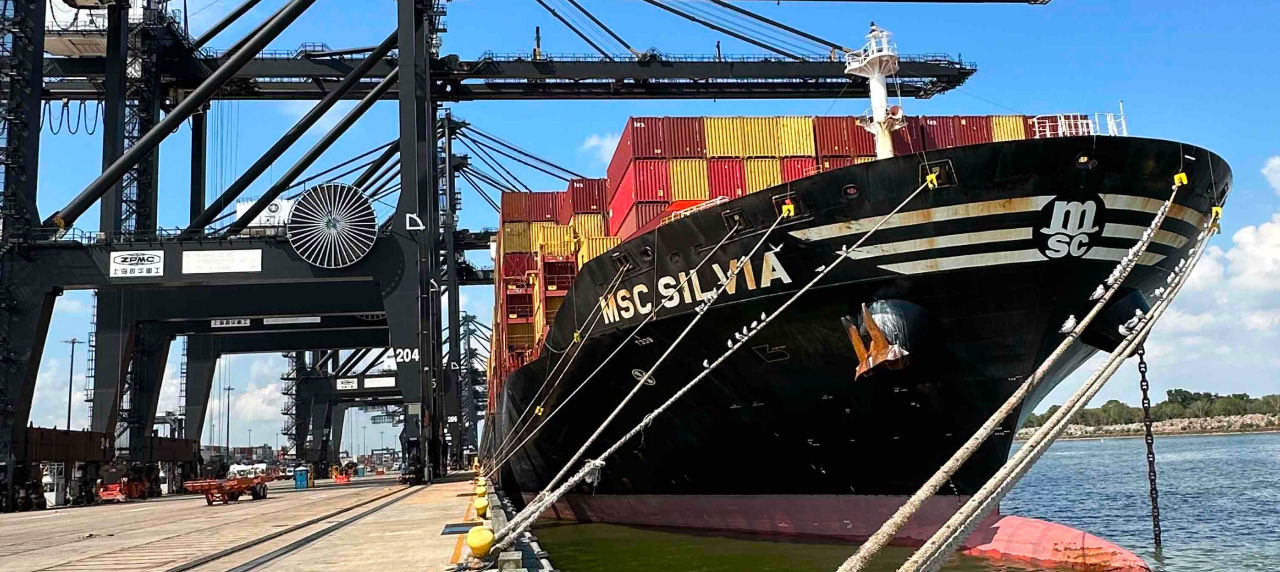
As the most important port in terms of waterborne tonnage in the United States and a powerhouse in terms of energy exports, the Port of Houston plays a role that is both unique and essential. Despite the fact that it manages a considerable volume of container traffic, its true strength comes in its capacity to transport bulk and liquid cargo, which includes the transportation of chemicals and gasoline. Due to its advantageous location on the Gulf of Mexico and its ability to provide direct access to the interior of the country through an extensive network of pipelines and tracks, it is an asset that is absolutely necessary for the energy independence and trade of the United States.
6. Port of Virginia
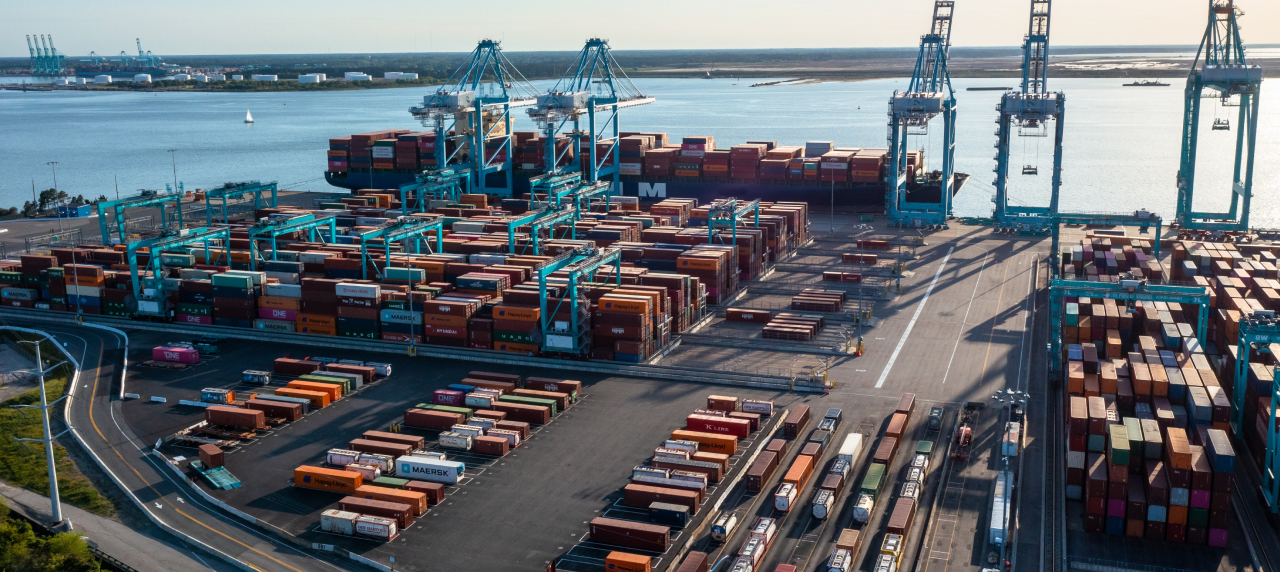
The Port of Virginia is a rising star because it is a port that is noted for its forward-thinking investments and its outstanding operating efficiency. In addition to having the deepest channels on the East Coast of the United States, it is already capable of accommodating the largest ships in the world without being hindered by limitations imposed by tides. By committing to becoming one hundred percent powered by clean energy by the year 2040 and undergoing a large development of its Norfolk International Terminals, the company is positioned to become a contemporary, dependable, and environmentally responsible option for major shipping lines in the year 2025.
7. Port of Oakland, California
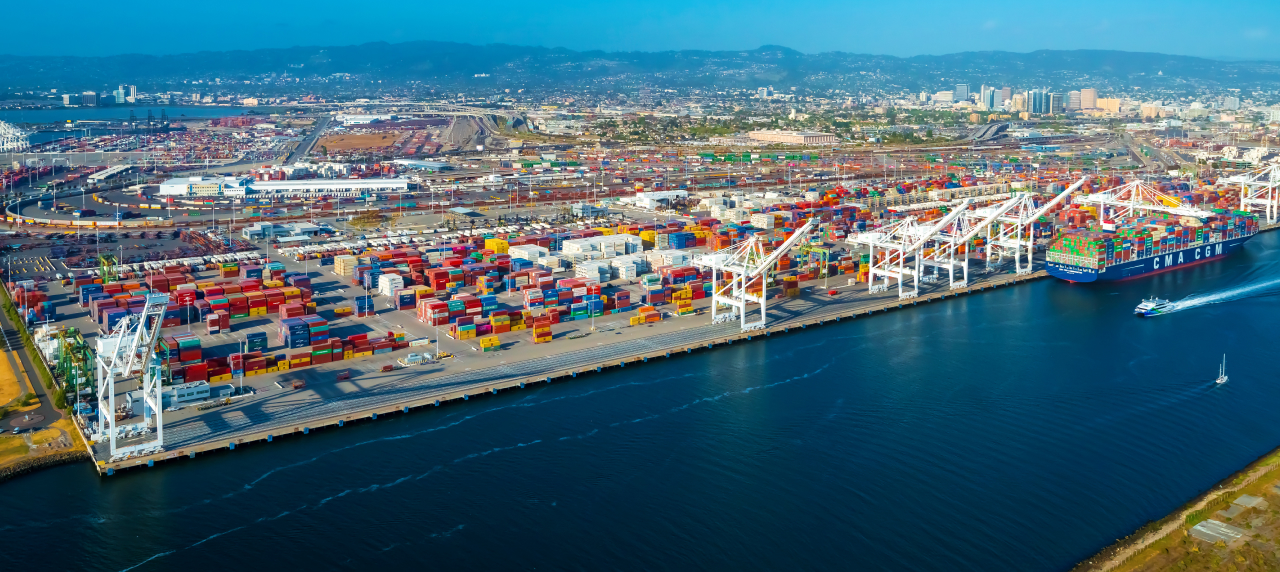
Because it serves as the principal entry point for the booming economy of Northern California, the Port of Oakland is an essential center for the exportation of agricultural products. This location serves as the primary hub for the transportation of almonds, wine, and other agricultural products grown in the Central Valley to worldwide markets, particularly those in Asia. Its specialized role in balancing import containers with lucrative exports makes it a strategically significant and steady actor in the national port system, despite the fact that its volume is lower than that of its rivals in the south.
8. Port of Miami
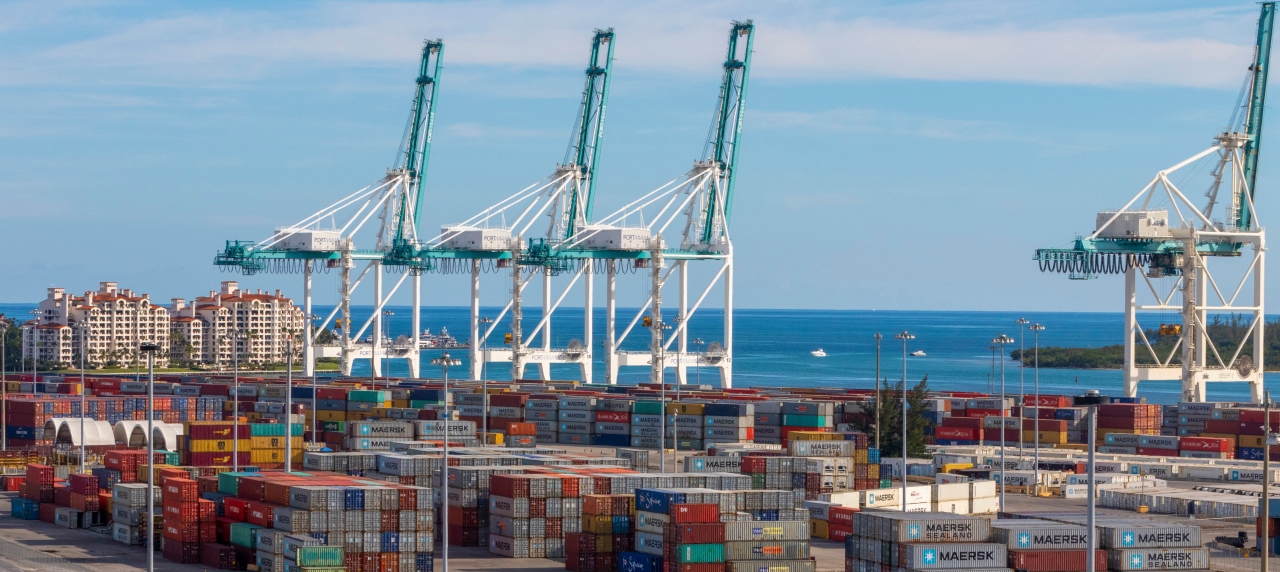
Despite the fact that the Port of Miami is known as the “Cruise Capital of the World,” its cargo operations are similarly spectacular. The company has made significant investments in its infrastructure, including deep dredging, which enables it to provide service to the larger cargo vessels. Not only does it have great rail and road links to the Southeastern United States and Latin America, but it also has the advantage of being the closest port in the United States to the Panama Canal. This makes it an important logistics bridge and a significant commerce link between the two hemispheres.
9. Port of Charleston
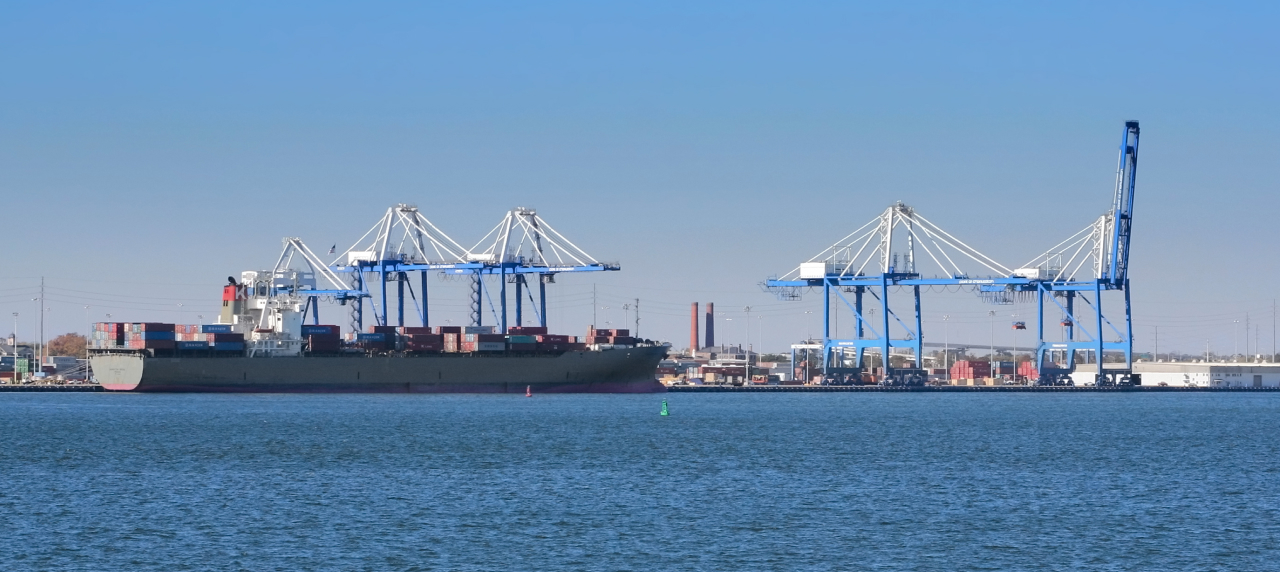
For its extremely efficient operations and cutting-edge infrastructure, the Port of Charleston has earned a well-deserved reputation for excellence. Charleston has greatly increased its capacity as a result of the recent completion of the new Hugh K. Leatherman Terminal, which is the first major container terminal to be constructed in the United States in more than a decade. It is able to transport the largest vessels in and out of the harbor with exceptional speed thanks to its deep harbor and investments in innovative cranes and technology. As a result, it attracts premium shipping services.
10. Port of Seattle
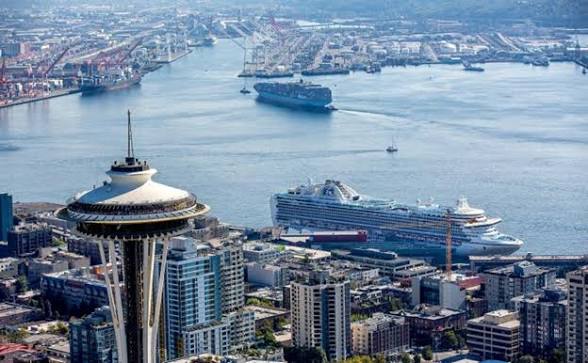
Together with the Port of Tacoma, the Port of Seattle serves as a significant commercial gateway for the Pacific Northwest. This is because the two ports are members of the Northwest Seaport Alliance. Through this strategic relationship, a unified cargo gateway is established, which is capable of managing considerable volumes of imports from Asia as well as exports from the region. These imports and exports include hay, lumber, and agricultural items. This ensures that it will continue to play an important role as a commercial conduit because of its emphasis on modernity and environmental sustainability.






Great article, thank you for sharing these insights! I’ve tested many methods for building backlinks, and what really worked for me was using AI-powered automation. With us, we can scale link building in a safe and efficient way. It’s amazing to see how much time this saves compared to manual outreach. https://seoexpertebamberg.de/
xi30r9
urm7td
Some really nice and utilitarian info on this site, as well I think the design and style holds good features.